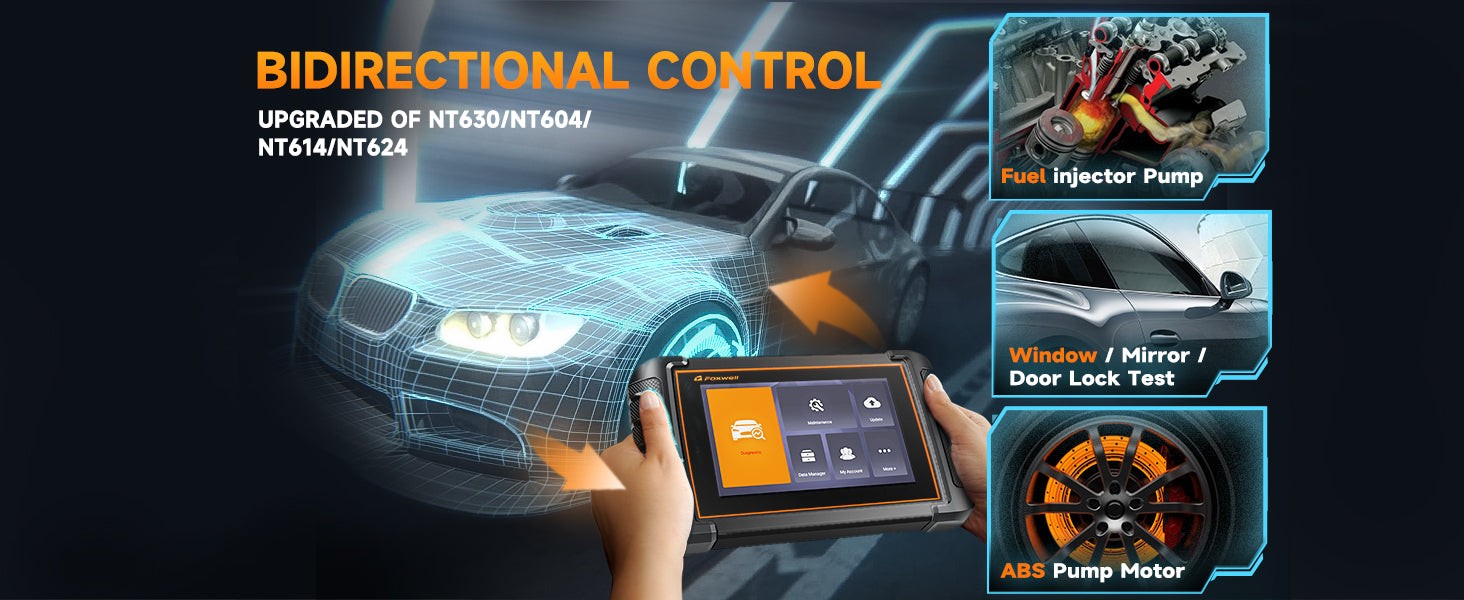Tire Pressure Monitoring Systems (TPMS) and On-Board Diagnostics (OBD2) scanners are crucial for car maintenance and safety. While both systems provide vital information about your vehicle, understanding their distinct roles and how they interact, specifically regarding tire pressure data, is essential. This article explores the connection between TPMS and OBD2, focusing on how to access tire pressure sensor information using an OBD2 scanner.
Decoding Tire Pressure Data: TPMS and OBD2
TPMS directly monitors the air pressure inside each tire using sensors located within the wheel well. These sensors transmit real-time pressure readings to a central module in the vehicle. While TPMS primarily alerts drivers to low pressure via warning lights or displays, OBD2 scanners can provide a more in-depth look at this data.
OBD2 scanners connect to the vehicle’s diagnostic port and communicate with various onboard systems, including the TPMS module in many newer vehicles. However, the extent of TPMS data accessible through a standard OBD2 scanner varies significantly depending on the vehicle’s make, model, and year.
Standard OBD2 Scanners and TPMS: Limited Access
Basic OBD2 scanners excel at reading and clearing engine-related diagnostic trouble codes (DTCs). They provide valuable insights into engine performance, emissions, and sensor functionality. While some may offer limited access to TPMS data, such as generic DTCs related to the system malfunction, they typically cannot provide detailed sensor readings. This is because TPMS often uses manufacturer-specific codes and communication protocols not covered by generic OBD2 standards.
Unlocking TPMS Data: Specialized OBD2 Scanners
To access detailed tire pressure sensor information, including individual tire pressures, temperatures, and sensor battery status, you often need a specialized OBD2 scanner with enhanced TPMS capabilities. These advanced scanners are designed to understand manufacturer-specific protocols, enabling them to communicate directly with the TPMS module.
Key Features of TPMS-Enabled OBD2 Scanners:
- Manufacturer-Specific Coverage: Ensure compatibility with your vehicle’s make and model.
- TPMS Sensor Activation: Trigger sensors to transmit data on demand.
- Data Display: View individual tire pressures, temperatures, and sensor IDs.
- Diagnostics: Read and clear TPMS-specific DTCs.
- Sensor Programming/Relearn: Program new sensors or relearn existing ones after tire rotation or replacement.
Foxwell Scanners: Advanced TPMS Functionality
Foxwell offers several scanners with extensive TPMS capabilities. Models like the NT310 and NT530 provide comprehensive TPMS functionality, including sensor activation, programming, and diagnostic capabilities. These tools empower users to access real-time sensor data and troubleshoot TPMS issues effectively. The NT530, in particular, boasts advanced features like bi-directional control, enabling users to perform more complex diagnostic tasks.
Conclusion
Accessing detailed tire pressure sensor information requires more than a basic OBD2 scanner. Investing in a specialized scanner with enhanced TPMS capabilities provides a comprehensive understanding of your tire pressure system, enabling proactive maintenance and ensuring optimal vehicle safety and performance. While generic OBD2 scanners can provide basic system malfunction codes, utilizing a TPMS-specific tool unlocks crucial data for accurate diagnostics and effective maintenance. Remember to select a scanner compatible with your vehicle’s make and model for optimal performance.

